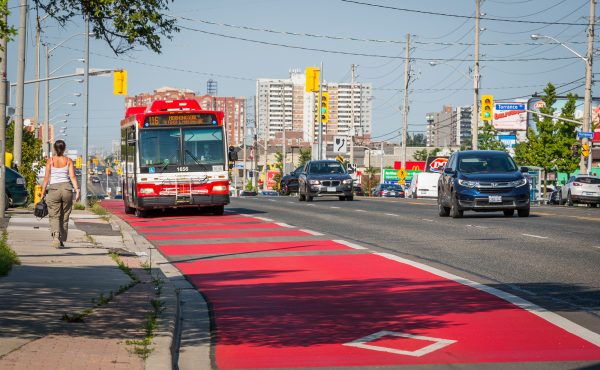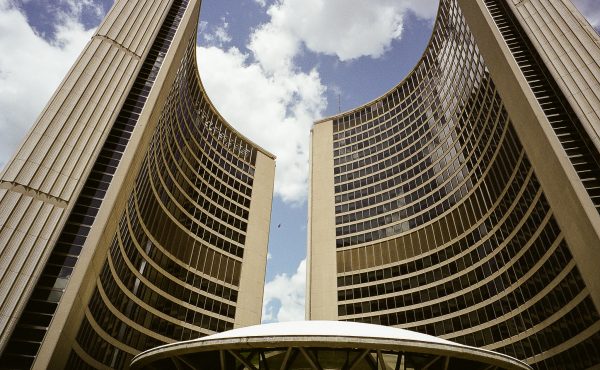
Cross-posted from Eye Weekly.
Without a doubt, the defining issues at city hall for 2007 were the new taxes and the city’s faltering finances. These issues even dwarfed climate change, the topic that many predicted would characterize city hall in 2007 a year ago. So what will be the number one issue in 2008? Certainly the state of city hall’s budget will continue to capture the spotlight, but a growing concern that I hope to see council tackle on many fronts over the coming year is Toronto’s increasing income disparity.
According to a recent report from the Centre for Urban and Community Studies (CUCS) at the University of Toronto, Toronto’s rich are getting richer, its poor are getting poorer and middle-income neighbourhoods are becoming a minority. The report goes so far as to say that Toronto is no longer a “city of neighbourhoods,†but a “city of disparities.â€
From News@UofT:
Toronto could be described as three geographically distinct cities made up of 20 percent affluent neighbourhoods, 36 percent poor neighbourhoods, and 43 percent middle-income earner neighbourhoods − and that 43 percent is in decline….
This economic and cultural segregation will likely continue, [Dr. David Hulchanski] noted, unless the various levels of government undertake policies to support income, give tax relief to those at the low end, and promote mixed neighbourhoods through zoning and rent control.
The Globe and Mail reported on this before the holidays, with Richard Florida adding some insight to the mix. The United Way presented similar findings last year, too, in its report Losing Ground: The Persistent Growth of Family Poverty in Canada’s Largest City, for which the CEO of the United Way Frances Lankin received the Toronto Star’s Laurel of the Year.
At the same time that U of T and the United Way have been issuing these warnings, however, the City of Toronto has been receiving accolades from other institutions for being among the top cities in the world in terms of quality of life. (See city hall’s New Year’s Eve news release, boasting a long list of awards and recognitions.) Standard & Poor’s, for example, recently named Toronto one of the top 10 economic centres in the world. Mayor David Miller credits projects such as waterfront revitalization, revitalization of Nathan Phillips Square and Union Station, and clean and beautiful initiatives for helping to make the city such a livable and economically vibrant place.
If Toronto is made up of three cities as the University of Toronto report suggests, it would appear that its success isn’t benefiting all of them equally. How to change that seems to be the challenge that lies ahead.



